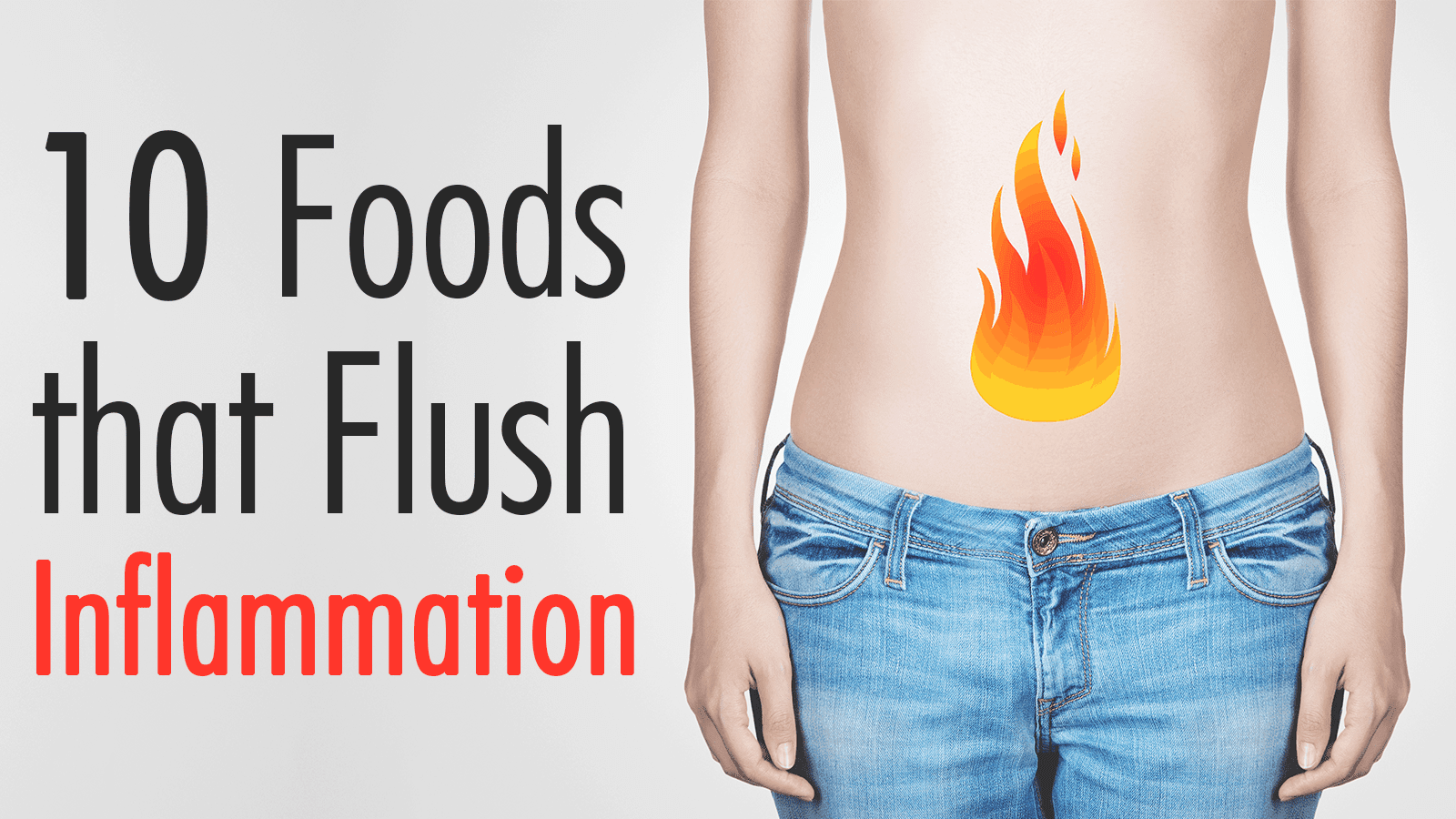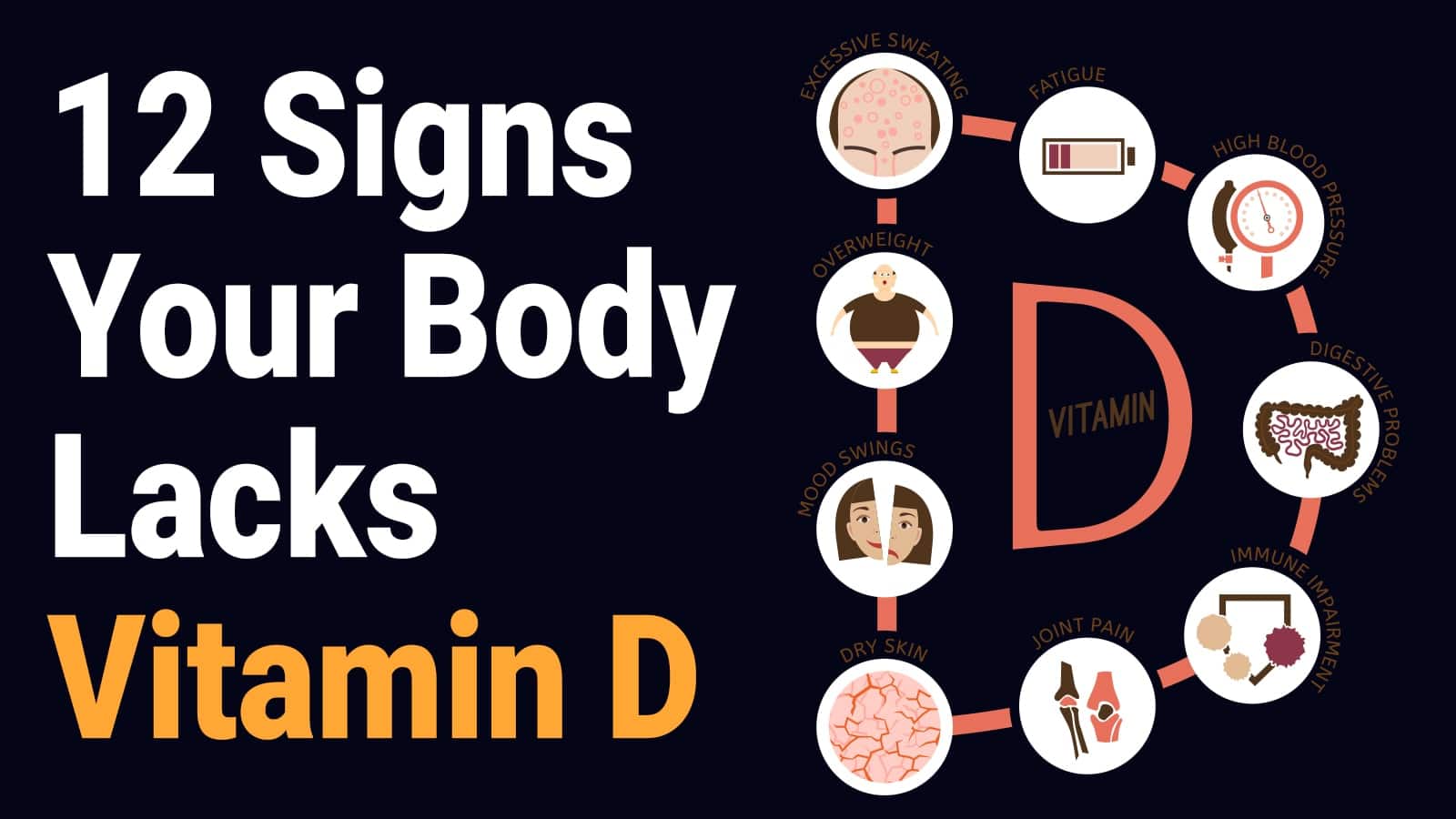Paleo diet has been made to symbolize what the human ancestor consumed centuries ago. Even though it is not possible to know what exactly human ancestors consumed in various parts of the globe, researchers have the belief that their meals comprised whole foods.
Their whole foods’ diet and physically active lives resulted in lower risk of getting lifestyle conditions like heart conditions, diabetes, and obesity. Research shows that this diet can significantly aid in losing weight and boost your health.
Here is an introduction to the paleo diet with an easy meal plan.
Paleo Diet Meal Plan
Some of the human ancestors consumed a diet rich in carbohydrates with plenty of plants, while others consumed a diet low in carbohydrates with plenty of animal foods. Use this as a general guide when following the paleo diet meal plan.
You should eat healthy oils and fats, herbs, nuts, vegetables, fish, spices, seeds, fruits, eggs, and meat. Be sure to avoid trans fats, margarine, artificial sweeteners, most dairies, soft drinks, processed foods, vegetable oils, legumes, grains, and sugar.
Foods to Avoid on a Paleo Diet
As you avoid the listed foods, please note that grains include barley, spelt, pastas, breads, wheat, and rye, among others. Dairies to avoid include those that are low in fat while trans fats are hydrogenated fats present in processed foods and margarine.
The vegetable oils to keep away from are safflower oil, corn oil, sunflower oil, grapeseed oil, cottonseed oil, and soybean oil, among others. You should also stay away from sugars like ice cream, candy, fruit juices, pastries, table sugar, soft drinks, and others.
Legumes to avoid are lentils, beans, and others. Avoid those processed foods indicated low-fat or diet as well as those with many additives. Artificial sweeteners to keep away from include acesulfame potassium, cyclamates, aspartame, saccharin, and sucralose.
You can simply avoid all foods that appear to have been produced in a factory. To avoid these foods, you require reading the list of ingredients, even on meals that are indicated as healthy.
Foods to Eat on a Paleo Diet
The meats to eat include pork, chicken, beef, turkey, lamb, and more. Fish and seafood to consume are shellfish, haddock, salmon, shrimp, trout, and others. As you pick your eggs, go for a free-range, those enriched with omega-3, and pastured.
The vegetables should include tomatoes, onions, kale, carrots, peppers, broccoli, and more. For fruits, go for blueberries, avocados, oranges, apples, strawberries, pears, bananas, and others. Eat tubers like turnips, potatoes, yams, sweet potatoes, and more.
Nuts and seeds include pumpkin seeds, hazelnuts, macadamia nuts, sunflower seeds, walnuts, almonds, and others. For salt and spices, go for rosemary, garlic, sea salt, garlic, and more. Healthy oils and fats to eat include avocado oil, olive oil, and coconut oil, among others.
Modified Paleo Diets
The paleo diet meal plan has evolved over the past few years, allowing for multiple various versions of the diet. Several of these versions give room for some modern foods that research proves they are healthy.
These are some grains like rice that are free from gluten and grass-fed butter. Most people now fail to deem the paleo diet as strict diet rules to be followed, but instead, see it as a guide to base one’s diet.
Sensible Indulgences
Wine and dark chocolate are okay when consumed in scarce amounts. Drink red wine that is quality and rich in beneficial nutrients and antioxidants.
Eat dark chocolates that have at least 70 percent content of cocoa. Dark chocolate of high quality is healthy and nutritious.
Quenching Your Thirst
When you are hydrating, go for water. You can also go for coffee and tea, even though they don’t comprise the paleo diet.
Tea is nutritious and consists of high levels of beneficial compounds and antioxidants. The best tea to drink is green tea. Coffee is also rich in antioxidants, and it has multiple benefits to your health.
Paleo Diet Meal Plan for a Week
Monday
During breakfast, fry your vegetables and eggs in coconut oil, and add fruit. Have an olive oil-coated chicken salad with some nuts for lunch. During dinner, you can make a bun-less burger with some salsa and vegetables.
Tuesday
Have bacon, eggs, and fruit for breakfast. Have the burgers that remained on Monday for lunch. During dinner, fry salmon in butter and eat with vegetables.
Wednesday
Have the dinner leftovers from Tuesday as breakfast. For lunch, eat a sandwich with fresh vegetables, meat, in a lettuce leaf. Have some berries, stir-fried ground beef, and vegetables.
Thursday
For breakfast, have fruit and eggs. Have the dinner leftovers from Wednesday for lunch with some nuts. During dinner fry some pork and eat with vegetables.
Friday
During breakfast, fry your vegetables and eggs in coconut oil. Have chicken salad sprinkled with olive oil and some nuts for lunch. For dinner, eat sweet potatoes, vegetables, and steak.
Saturday
Make some eggs and bacon, and add fruit for breakfast. Have the dinner leftovers from Friday for lunch. Make some vegetables, avocado, and baked salmon for dinner.
Sunday
Have the dinner leftovers from Saturday for lunch. Make a sandwich with fresh vegetables and meat in a lettuce leaf for lunch. During dinner, drill some chicken wings and serve with salsa and vegetables.
When starting the paleo diet, tracking of the calories is not a requirement. But if you would like to lose a significant amount of weight, it is ideal to reduce carbohydrates and minimize consumption of high-fat foods like nuts.
Easy Paleo Diet Snacks
It is never necessary to have over three meals each day. But in case you get hungry, you can have some easy to make and carry snacks. These include homemade beef jerky, apple slices with almond butter, nuts, boiled eggs, berries with coconut cream, leftovers, fruits, and baby carrots.
Here are some Paleo Classics
1. Baked Egg Cups
Put an egg, asparagus spears, and bacon slices in three muffin tin slots. Sprinkle some pepper and salt on the top and bake in the oven for 15 minutes.
2. Avocado Deviled Eggs
Mix some boiled egg yolks with pepper, salt, garlic, avocado, and cilantro. Then put the mixture into boiled and sliced egg whites.
3. Bacon with Roasted Brussels Sprouts
Roast your Brussels sprouts with pomegranate seeds, chopped apples, and diced bacon. Serve while hot.
4. Prosciutto-Wrapped Asparagus
Boil some asparagus and cool in cold water before wrapping in prosciutto that is free from preservatives. Then roast for ten minutes until they get crispy. You can have it as an appetizer before your main meal.
Sprinkle with lemon pepper and some olive oil before serving.
5. Melon Wrapped in Prosciutto
This snack is easy to prepare as it needs no heating. Select your best melon and wrap with prosciutto that is free from preservatives for a salty snack with a delicious kick. Sprinkle it with olive oil, balsamic vinegar, and mint leaves before serving.
6. Mediterranean Hummus
Combine lemon juice, tahini, eggplant, cauliflower, and red pepper to create a delicious paste. Serve with some cucumber after sprinkling with olive oil and some spices.
7. Springtime Guacamole
Mix some avocado, with sliced onions, diced tomatoes, lime juice, and classic cilantro. Remember to include some garlic powder, hot sauce, and Himalayan salt. Throw some diced apples on top.
8. Avocado Tuna Salad
Remove the middle of the avocado and keep it intact after slicing the fruit into two. Then combine tuna, pepper, salt, lemon juice, and onion in a bowl. Place the mixture in the avocado halves and serve.
9. Chunky Monkey Trail Mix
Some of the most delicious trail mixes are not suitable for paleo since they have peanuts, milk chocolate morsels, and sugar-coated dried fruits. Create your version of trail mix by using walnuts, unsweetened banana chips, fudge chunks that are paleo-friendly, and cashews.
10. Butternut Squash Wrapped in Bacon
Any food that is wrapped in bacon is always a delicacy and suitable for paleo. Use different varieties and thicknesses of bacon to play with the flavor. You can serve it cold or hot.
11. Peppers Stuffed with Eggs
Slice off the pepper’s top and remove the seeds before baking for 15 minutes. Stuff a raw egg and spinach, then bake for another 20 minutes. Serve without scooping.
12. Sweet Potatoes Roasted with Rosemary
Sweet potatoes are popular for paleo due to their ability to be cooked in various ways. Roast your sweet potatoes with pepper, salt, rosemary, and olive oil.
13. Zucchini Baked with Almond
Mix flour with egg, pepper, sea salt, garlic powder, and thyme, and use the mixture to cover sliced zucchinis. Then bake in the oven for 15 minutes.
14. Turkey Meatballs
Mix ground beef with salt and pepper before making it into small balls. Fry them with a pan in olive oil and Italian seasoning. Serve with spicy hot sauce.
Conclusion
The paleo diet meal plan is designed to resemble the diets followed by the human ancestors centuries ago. Since the diet has no strict rules to be followed, one only requires to emphasize on whole foods and avoid processed ones.
Ensure to eat foods like healthy oils and fats, vegetables, fruits, seeds, fish, nuts, eggs, and meat. Keep away from sugar and legumes.









